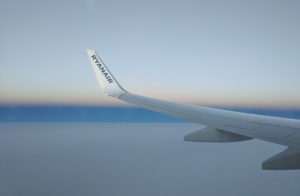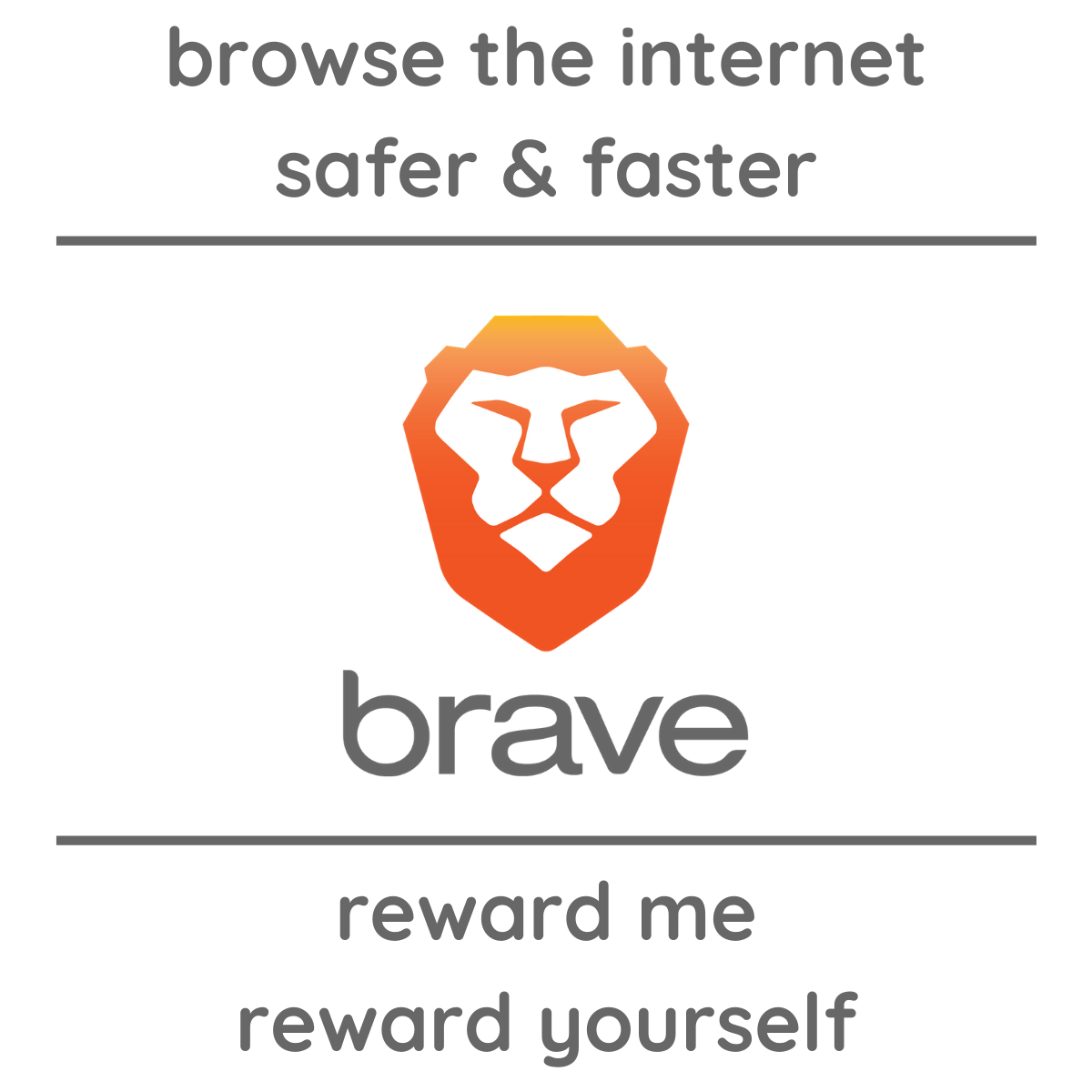Is Schengen “free and unrestricted”, as they say it is, or could your European travel experience be much different in real life? Well, before I tell you my personal Schengen story, let’s establish a good understanding of Schengen.
If you’re going to travel in Europe, it’s valuable to know what the Schengen Area is and how it relates to border security. According to SchengenVisaInfo.com,
Schengen Area, named after “the Schengen Agreement” signifies a zone where 26 different European nations, acknowledged the abolishment of their internal borders with other member nations and outside, for the free and unrestricted movement of people, goods, services, and capital, in harmony with common rules for controlling external borders and fighting criminality by strengthening common judicial system and police cooperation. (emphasis added)
For Americans, this means you can arrive in any city in Schengen, get a stamp on your passport, and travel throughout the 26 member countries for up to 90 days. In theory, you’re not supposed to be stopped and asked for your passport, unless you’re boarding a plane.
This described my stress-free travel from Barcelona, Spain; then south down the Spanish coast; flying to Berlin, Germany; by train to Munich, Germany; and by train through Austria to Budapest, Hungary.
While on a train going back to Vienna, Austria, however, things were very different. As soon as the train crossed the Austrian border, two very large border security guards with bullet proof vests came into our section of the train and demanded to immediately see everybody’s passports.
The guard was nice to me, but he was a little frustrated that he had to wait as I got my passport out of my luggage, while others had theirs handy. “Isn’t Austria in Schengen?”, I asked. The question definitely caught him by surprise. He fumbled an answer to me, then he had to ask his co-worker how to properly respond: “We’re checking everybody’s passports.” His final answer was reminiscent of the ‘I’m just following orders’ line that too many in law enforcement use as a crutch.
Notice, by the way, that the Austrians didn’t check our passports the week before when we entered Austria from Germany on our way to Hungary. It was only because this particular train originated in Hungary. I suspect this had something to do with their need to check passports.
Travel tip:
Even though that was the only time that I was asked to produce my passport by border security guards during my 89 days in Schengen, it’s a lesson to the reader: if you’re on a long distance train, especially when coming from an Eastern European country, be prepared to show your passport, even though you’re traveling through the “free and unrestricted’ Schengen Area.








